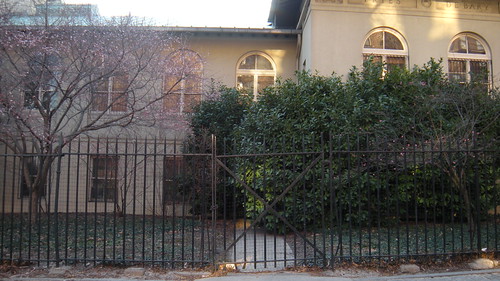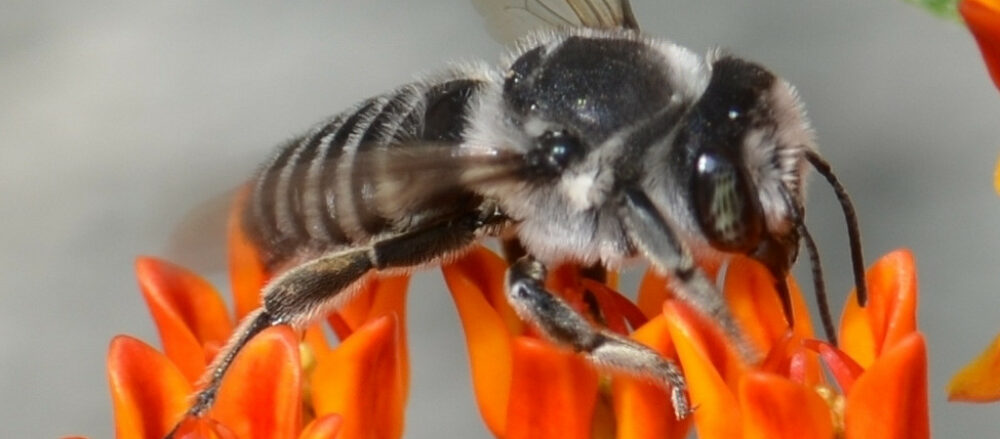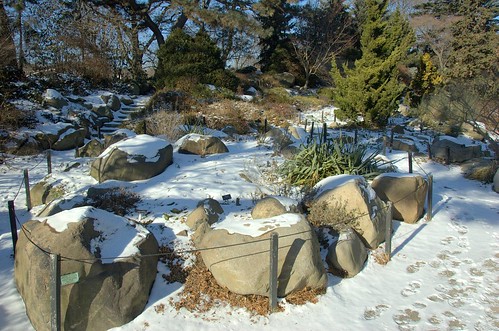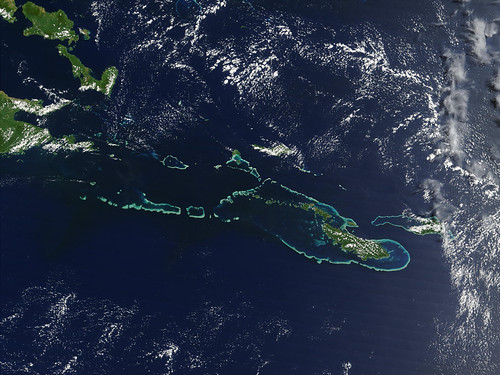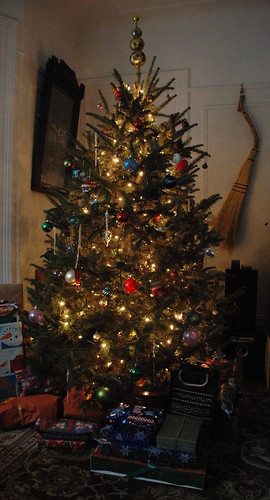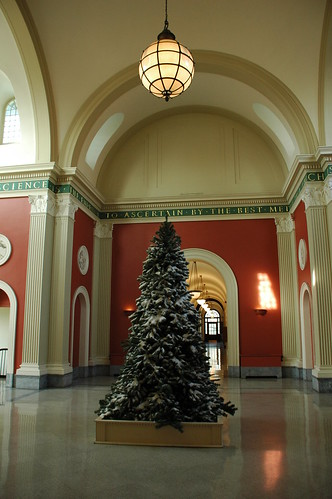2009.02.05: Added link to Ann Raver’s report.
This morning I attended part of the Metro Hort Group‘s (MHG) 13th Annual Plant-O-Rama at the Brooklyn Botanic Garden.
Exhibitors in the Palm House at BBG at the beginning of lunch break. It got much more crowded than this.
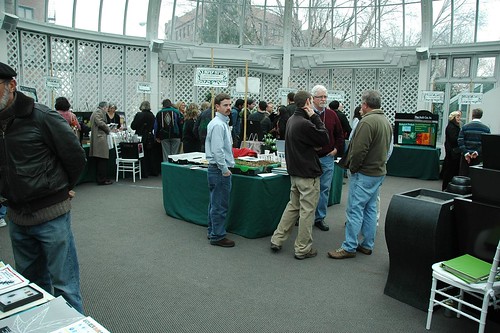
This was my first time attending a horticultural trade show, so I didn’t know quite what to expect. I attended as a member of the general public, interested in becoming, but not yet, a horticultural professional. I wanted to see what local resources might be available to the retail consumer. And I certainly was interested in the speakers.
I got to see Dan Hinkley, founder of the former Heronswood Nursery, and Dr. Michael Dosmann, curator of living collections at the Arnold Arboretum, speak about newly discovered, and newly appreciated, plants coming into the horticultural pipeline.
[Begin rant]
I did not get to see Ken Druse speak. Only when I returned from lunch for his 1pm lecture was I told I could not re-enter without a “green ticket.” My admission fee did not cover the whole day, it only covered the morning. This restriction was not published anywhere, and I was not informed of this when I registered in the morning and they took my money from me. Sort of like paying for a double feature and being told to leave when the first movie finishes. So I left.
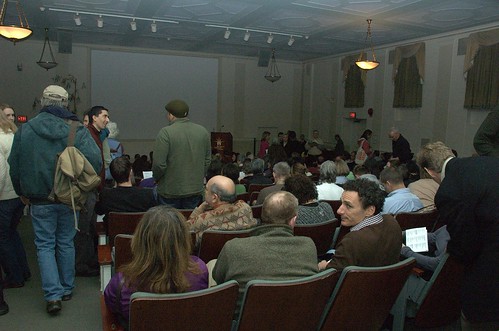
I feel like a victim of Plant-O-Rama’s success. They were disorganized, and no-one had correct information, or any information. Volunteers were dropped into their places with no orientation. They seemed overwhelmed by the numbers attending, and clearly have outgrown the space at BBG. In future years, MHG should not return there; instead, they should find a larger venue, such as the New York Botanical Garden. And MHG needs to get their act together, regardless of the venue. Their bait-and-switch admission policy is inexcusable for an “association of … professionals.”
[End rant]
In the morning, I tried some live micro-blogging (“tweeting” via Twitter) of my attendance. It would have been more fun if there were more of us doing it. Here are some highlights of my tweets from Dan Hinkley’s presentation:
- His recipe for Bald Eagle (just kidding!)
- “It’s about the foliage.”
- “It’s taken me 25 years to ‘get’ grasses.”
- Actinidia is cat crack.
Dan focussed on the discovery of new plants in the wild and their introduction to horticulture. Also interesting to me was the perspectives he’s gained from moving from a largely shaded location to a sunny, south-facing sloping overlooking Puget Sound (Hardiness Zone 8b, most of the time). It’s there he’s developed his new-found appreciation of grasses, now that he’s been able to grow them and see them thrive in the conditions they require.
My first garden in New York City was a shaded backyard of a tenement building. It’s there that I eventually learned to appreciate the pleasures of foliage form, texture and color, without the “distraction of flowers” as Hinkley put it during his talk. Our gardens teach us, and with each new garden we add something to our appreciation of plants.
From a very different perspective, Michael Dosmann spoke of the legacy of the Arnold Arboretum, and some of the things we are still learning about seemingly familiar genera, such as Malus, Forsythia, Syringa, and Hydrangea. “Ecotype is King” might have been a subtitle for his talk. The natural origins of plants embeds itself in their genetic material, and the significance of that may takes years, or decades, to reveal itself through horticultural experience.
Rotunda
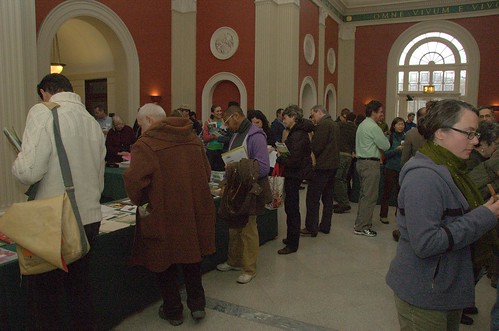
Between speakers there was a brief coffee break. I went to the Rotunda of BBG’s Lab & Admin building to visit the catalog tables and browse the used gardening books on sale.
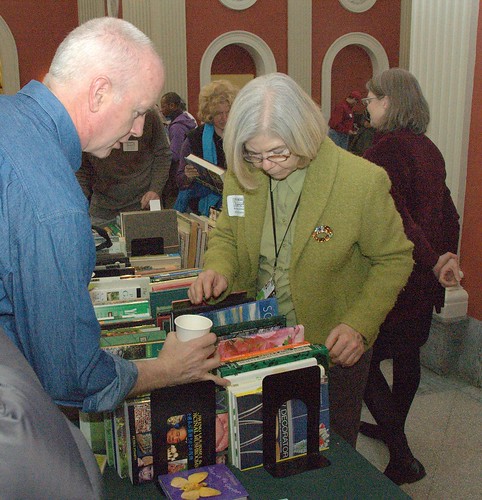
Catalogs make me giddy, and greedy, with abundance. I will never grow all these things. But knowing they’re out there, and that there are so many people passionate about the plants they grow, makes me feel good.
Just a few of the catalogs on display. Most of these were display copies only. There were many more catalogs for the taking at other tables.

Exhibitors
The Palm House was packed with exhibitors. Here’s just a sampling of what, and who, was there. Some of these interested me because of specific projects I have in mind. Others just caught my eye.
Seeds of native plants on display from the Greenbelt Native Plant Center. I have a few plants of local ecotypes propagated by them.
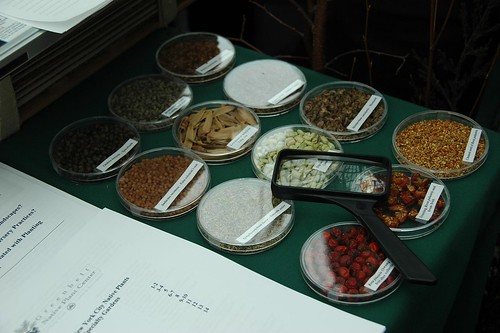
Hamptons Grass & Bamboo. I really want a Fargesia for the shady, northern side of the house, perhaps alongside a rain garden.

Glover Perennials. A local grower, I’m familiar with them from buying their plants retail at places such as Gowanus Nursery.

Couple of glam shots.
Black Meadow Orchids
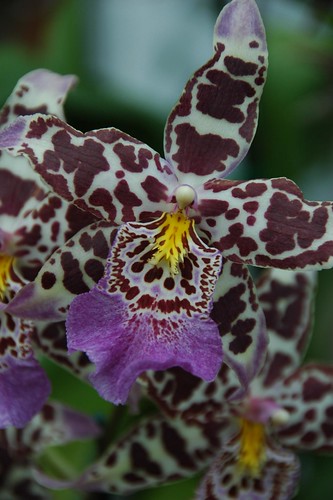
Otto Keil Florists. The mother plant looked to me like a Sempervivum, but I’ve never seen a flower like this on one of them.
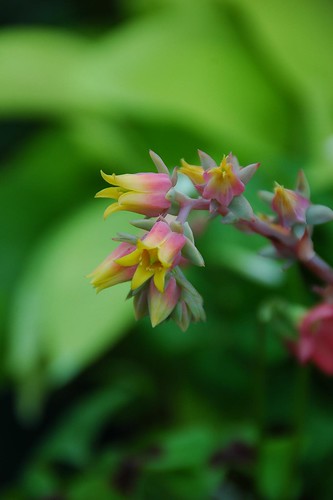
Related Content
#plantorama Twitter stream
Flickr photo set
Links
Metro Hort Group (MHG)
Plant-O-Rama (on BBG Web site)
Brooklyn Botanic Garden
New This Year: The Tried and True, Ann Raver, New York Times, 2009.02.04
